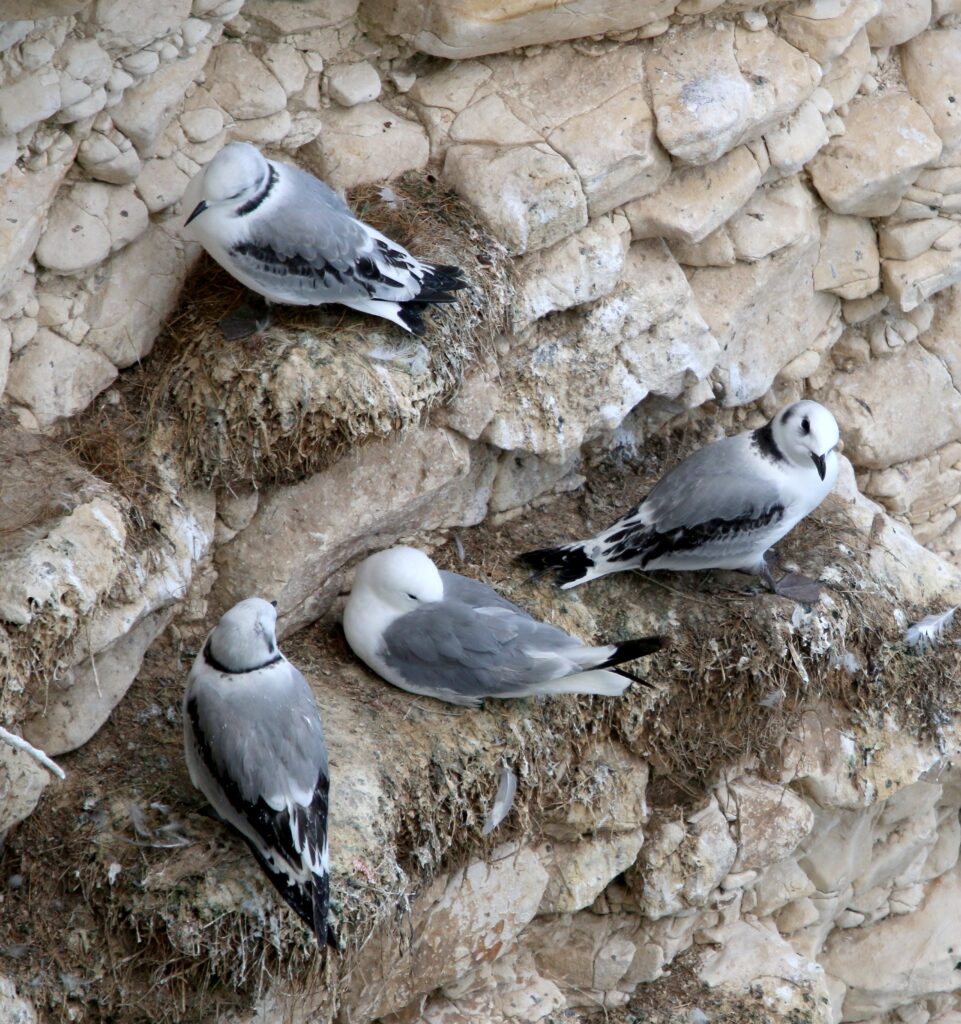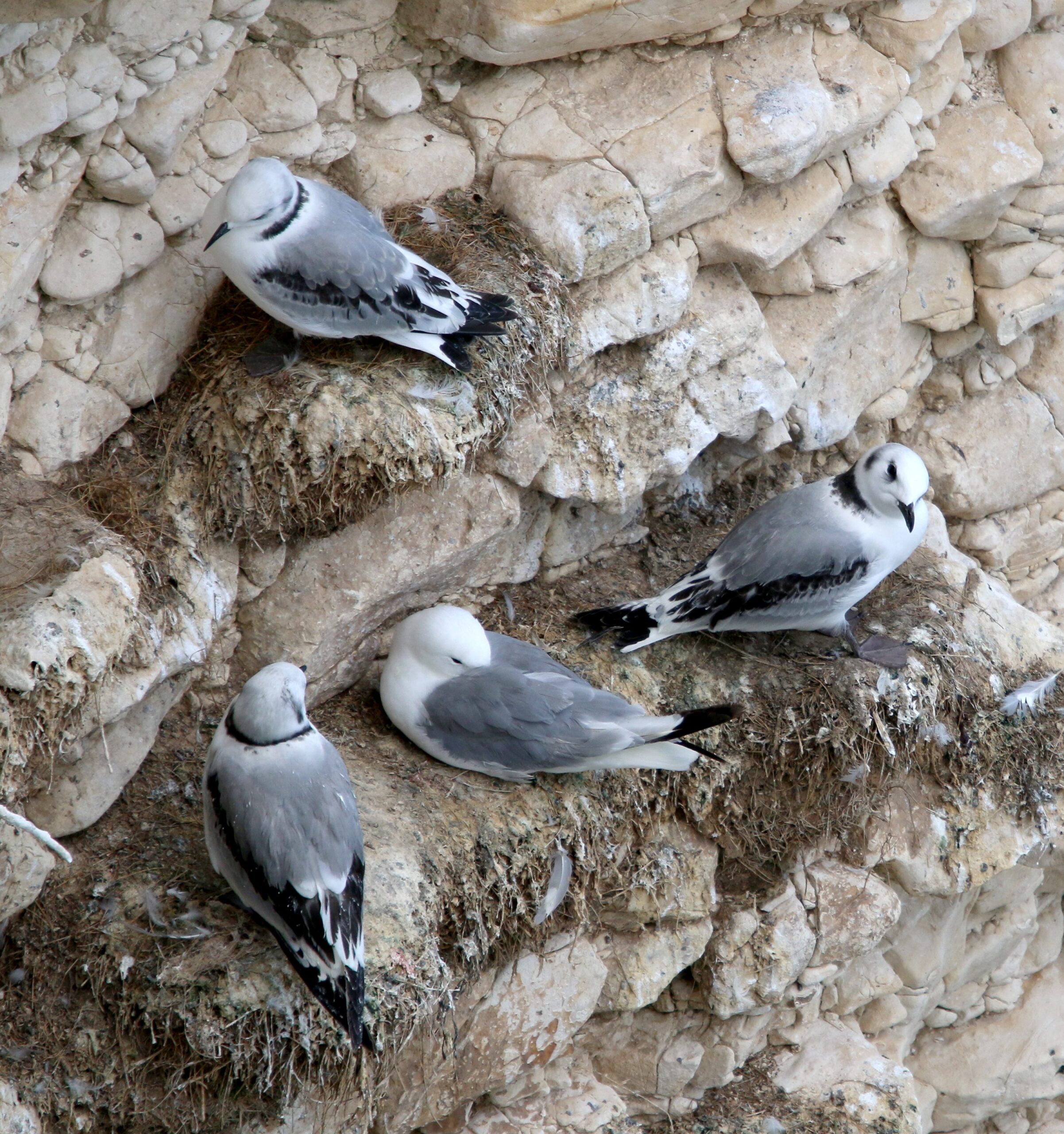The authors discuss how Britain’s birdlife might change in the next few decades, concentrating on which birds we might gain, or risk losing, as regular breeding species. They then use this, together with other information on the predicted impacts of climate change on birds and their habitats, to explore the implications of changes in climate for our approach to bird conservation in Britain.
For the sake of this article, we shall assume that our overall aim for bird conservation is: ‘to ensure that Britain is able to support self-sustaining, non-threatened populations of the fullest range of naturally occurring bird species for which it is climatically suitable now and in the next few decades’. Within this overarching aim, we also need to place a particular priority on birds for which Britain is especially important in a global context: mainly wintering waterbirds, breeding seabirds, and several other species such as Curlew Numenius arquata and Scottish Crossbill Loxia scotica.

